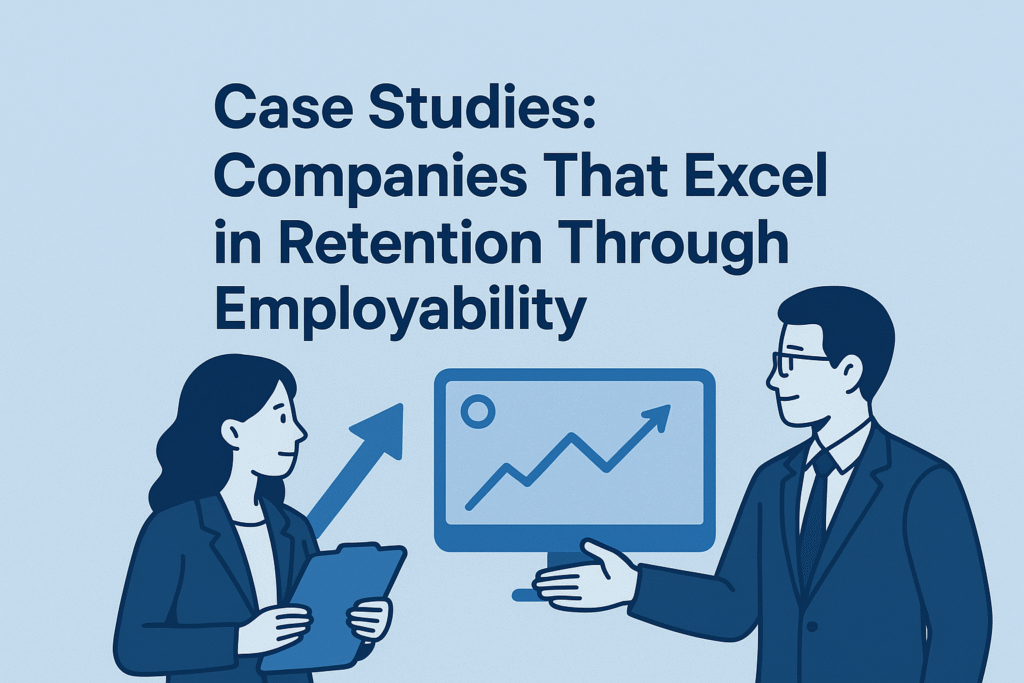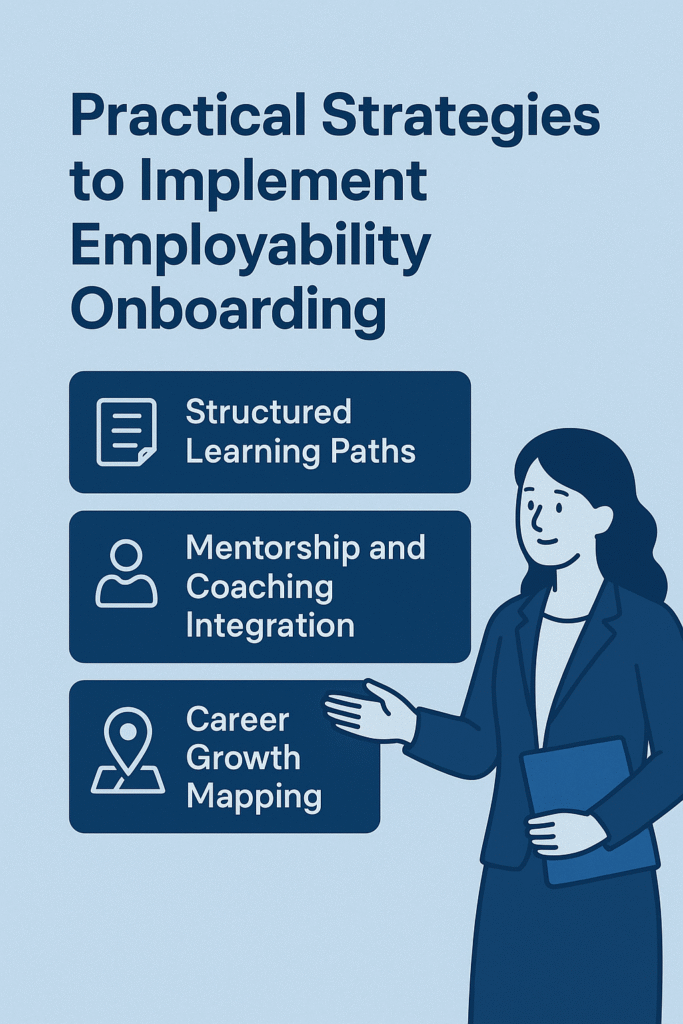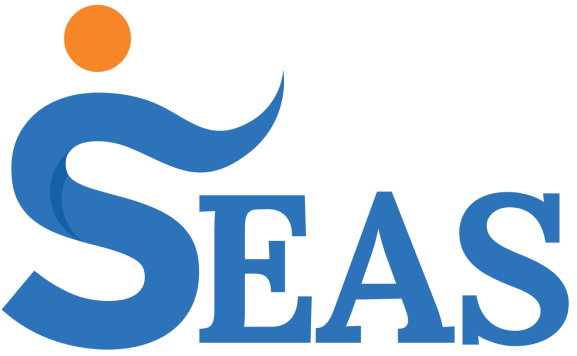Introduction: The Hidden Link Between Onboarding and Retention
Written by Tosin Olaniyi
In today’s hyper-competitive job market, retaining skilled employees is just as important as recruiting them. While many organizations pour resources into flashy recruitment campaigns, they often underestimate the power of the first few weeks of employment. This is where onboarding plays a crucial role.
But not all onboarding is created equal. Traditional approaches, where new hires simply fill out paperwork, meet colleagues, and learn company policies, often fail to build long-term loyalty. Instead, a new approach has emerged: employability focused onboarding. This strategy goes beyond orientation to help employees feel more capable, valued, and secure in their career development.
Done right, employability focused onboarding can transform employee retention, turning your workforce into loyal brand advocates.
What is Employability Focused Onboarding?
Shifting from Traditional Orientation Programs
Traditional onboarding emphasizes compliance, ensuring that employees understand the rules, procedures, and systems of the organization. While necessary, this approach can leave employees feeling like just another cog in the machine.
Employability focused onboarding flips the script. It recognizes that employees are not only assets to the company but also individuals who want to grow their skills, careers, and long-term employability.
Key Elements of Employability-Centered Onboarding
An employability-focused onboarding program includes:
- Skill Development Initiatives: Training that builds both job-specific and transferable skills.
- Career Roadmapping: Helping employees understand potential career trajectories within (and beyond) the organization.
- Mentorship Opportunities: Connecting new hires with experienced guides.
- Wellness and Support Programs: Addressing mental health, work-life balance, and adaptability.
This approach signals to employees: “We’re invested in your future, not just your output.”
The Business Case for Employee Retention
The Cost of High Turnover
Employee turnover is expensive. Studies show that replacing an employee can cost anywhere from 50% to 200% of their annual salary. Costs include:
- Recruitment and hiring expenses
- Training and lost productivity
- Reduced team morale
Retention as a Competitive Advantage
Companies that prioritize retention enjoy:
- A stronger employer brand
- Increased productivity and innovation
- Better customer satisfaction
- Lower HR costs
In industries with talent shortages, retention becomes a key differentiator.
How Employability Enhances Retention Rates
Building Long-Term Career Confidence
When employees see that their company invests in their career growth, they feel more confident in their future. Confidence translates to loyalty, reducing the temptation to look elsewhere.
Strengthening Employee-Employer Trust
By prioritizing employability, companies show they care about employees beyond short-term goals. This fosters a deeper trust relationship.
Fostering Skill Development Early
The earlier employees start acquiring meaningful skills, the more quickly they feel valuable and the more committed they become.
Psychological Impact of Employability-Focused Onboarding
Motivation and Engagement from Day One
Employees who start with skill-building and career development feel immediately engaged. They know they’re not just a “seat filler” but a valued contributor.
Reducing Stress and Uncertainty
Starting a new job can be overwhelming. Employability-focused onboarding reduces uncertainty by providing clarity, guidance, and support from the very beginning.
Companies That Excel in Retention Through Employability

Tech Industry Examples
Tech companies face some of the highest turnover rates due to rapid industry growth and skill demand. However, firms like Google and Microsoft have mastered retention by focusing on employability. Their onboarding programs emphasize:
- Access to personalized learning platforms
- Cross-functional projects that build transferable skills
- Mentorship programs that guide career development
The result? Employees feel empowered to grow within the company instead of seeking opportunities elsewhere.
Healthcare and Education Models
Hospitals and universities have also pioneered employability onboarding. For example, many healthcare organizations now pair new nurses with experienced mentors and provide continuing education credits as part of onboarding.
In education, universities onboard faculty with research development workshops, networking opportunities, and career planning tools. This creates a culture of long-term professional growth, directly boosting retention.
Practical Strategies to Implement Employability Onboarding

Structured Learning Paths
Instead of overwhelming new hires with scattered information, create a step-by-step learning journey that balances company training with skill development.
- First week: Company culture and values
- First month: Role-specific skill training
- First quarter: Career development workshops
Mentorship and Coaching Integration
Pairing every new employee with a mentor or career coach ensures they have a trusted guide. Mentorship not only accelerates learning but also strengthens workplace belonging.
Career Growth Mapping
From the very start, employees should see how their role connects to potential career paths. Career mapping includes:
- Transparent growth milestones
- Opportunities for upskilling
- Regular career check-ins
This prevents employees from feeling “stuck” in a role.
Measuring the Success of Employability Onboarding
Key Performance Indicators (KPIs) to Track
To determine if your onboarding is truly employability-focused, track:
- Retention rates at 6, 12, and 24 months
- Employee satisfaction scores post-onboarding
- Internal mobility rates (promotions, lateral moves)
- Time-to-productivity metrics
Employee Feedback Mechanisms
Anonymous surveys, focus groups, and one-on-one check-ins help HR teams refine the onboarding process. When employees feel heard, they’re more likely to stay engaged.
Common Mistakes to Avoid in Onboarding Programs
Overloading New Hires
Dumping too much information on employees in the first week can lead to burnout and disengagement. Instead, pace learning.
Neglecting Personalization
A one-size-fits-all onboarding approach can alienate employees. Tailor programs based on role, experience level, and career goals.
Future of Employability and Onboarding Trends
AI and Personalized Learning Paths
With AI-driven platforms, onboarding can be hyper-personalized. Systems can recommend courses, mentors, and projects based on each employee’s career aspirations.
Continuous Career Support Beyond Onboarding
Forward-thinking companies view onboarding not as a one-time event but as the start of a lifelong employability journey. Continuous support ensures employees remain engaged long after their first year.
FAQs on Employability and Employee Retention
Q1: What makes employability focused onboarding different from traditional onboarding?
Employability onboarding emphasizes career growth, skill development, and long-term employability, whereas traditional onboarding focuses mainly on compliance and orientation.
Q2: How does employability onboarding improve retention?
It builds trust, fosters career confidence, and ensures employees feel supported in their professional journey, reducing the likelihood of turnover.
Q3: Can small businesses implement employability onboarding?
Yes! Even small businesses can integrate mentorship, learning opportunities, and career mapping without heavy investments.
Q4: How long should employability-focused onboarding last?
While traditional onboarding may last a few weeks, employability-focused programs often extend into the first 6–12 months to provide ongoing career support.
Q5: What industries benefit most from this approach?
High-turnover industries like tech, healthcare, retail, and education see the biggest impact, but all sectors can benefit.
Q6: How can success be measured?
Retention rates, employee satisfaction surveys, and internal mobility are the strongest indicators of success.
Conclusion: Why This Strategy is a Long-Term Investment
In the battle for top talent, retention is the ultimate advantage. Employability focused onboarding equips employees not just for today’s job but for tomorrow’s opportunities. By investing in their growth, organizations build loyalty, trust, and a stronger workforce.
In a world where employees value career development as much as compensation, this approach is more than an HR trend; it’s a secret weapon for long-term business success.
Companies that embrace employability-focused onboarding don’t just keep their employees longer; they inspire them to thrive, innovate, and grow with the organization.


